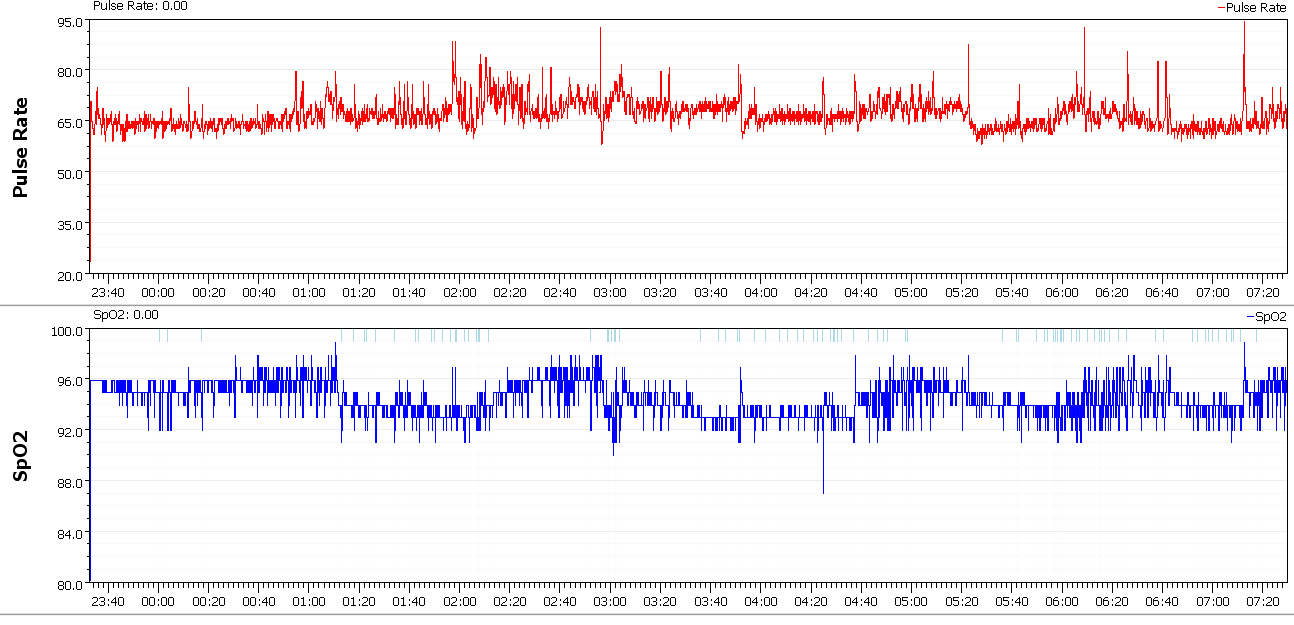Introduction
Understanding your SpO2, or blood oxygen saturation, is crucial, especially if you’re using Continuous Positive Airway Pressure (CPAP) therapy. SpO2 readings measure the percentage of oxygen your red blood cells are carrying. Conflicting readings – higher or lower with CPAP than without – can be confusing. This article will break down why these discrepancies might occur and what you should do about them.
Understanding SpO2 and CPAP
What is SpO2?
SpO2, or peripheral capillary oxygen saturation, is a non-invasive measurement of the oxygen saturation of your blood. A pulse oximeter, a small device typically clipped onto your finger, shines light through the skin to estimate the percentage of hemoglobin in your blood that is carrying oxygen. A normal SpO2 reading usually falls between 95% and 100%.
What is CPAP Therapy?
CPAP therapy is the most common treatment for obstructive sleep apnea (OSA). A CPAP machine delivers a continuous stream of pressurized air through a mask you wear while sleeping. This pressurized air helps keep your airway open, preventing pauses in breathing and ensuring a consistent flow of oxygen to your lungs.
Why SpO2 Readings May Vary With or Without CPAP
Improved Airway Patency
The primary reason SpO2 readings *should* be higher with CPAP is due to improved airway patency. CPAP prevents the collapse of your upper airway during sleep. Without CPAP, individuals with OSA experience frequent apneas (pauses in breathing) or hypopneas (shallow breathing), leading to oxygen desaturation (drops in SpO2). With CPAP, these events are significantly reduced, leading to improved oxygen saturation levels.
Potential for Mask Leaks and Poor Seal
Paradoxically, sometimes SpO2 can be *lower* with CPAP if you have mask leaks. A poorly fitted mask or an old, worn mask can leak air, reducing the effectiveness of the therapy. This can lead to:
- Reduced pressure delivered to your airway.
- Ineffective prevention of apneas and hypopneas.
- Lower oxygen saturation levels than expected.
Incorrect CPAP Pressure Settings
If the CPAP pressure is set too low, it may not be sufficient to keep your airway open, especially if your sleep apnea is severe. This can also result in lower SpO2 readings. Conversely, excessively high pressure settings, while less common in causing low SpO2 directly, can lead to discomfort and mouth breathing, which can indirectly impact oxygen levels.
Underlying Medical Conditions
It’s important to note that other underlying medical conditions, such as chronic obstructive pulmonary disease (COPD), asthma, or heart conditions, can affect SpO2 readings independently of CPAP use. These conditions can impair your ability to absorb oxygen even with proper CPAP therapy.
Pulse Oximeter Accuracy and Placement
The accuracy of the pulse oximeter itself can influence readings. Factors affecting accuracy include:
- Poor circulation (e.g., cold fingers)
- Nail polish (especially dark colors)
- Movement during readings
- Type of pulse oximeter
Ensure proper placement on the finger for the most accurate readings.
Sleep Stage and Body Position
SpO2 levels can naturally fluctuate during different sleep stages and body positions. Some individuals experience positional sleep apnea, where apneas are more frequent when lying on their back. This can affect SpO2 readings even with CPAP.
Troubleshooting SpO2 Discrepancies with CPAP
- Check your mask fit: Ensure your CPAP mask is properly fitted and doesn’t leak. Clean your mask regularly and replace it if it’s worn out.
- Verify CPAP pressure settings: Consult with your doctor or sleep specialist to ensure your CPAP pressure settings are appropriate for your needs.
- Use a reliable pulse oximeter: Invest in a quality pulse oximeter and ensure it’s properly placed on your finger.
- Consider overnight oximetry testing: Your doctor may recommend an overnight oximetry test to monitor your oxygen levels throughout the night while using CPAP.
- Review your medical history: Discuss any underlying medical conditions that could affect your SpO2 readings with your doctor.
- Monitor for mouth breathing: If you are mouth breathing, consider using a full-face mask or a chin strap.
When to Seek Medical Attention
If you consistently experience low SpO2 readings despite using CPAP, or if you experience concerning symptoms such as:
- Severe shortness of breath
- Chest pain
- Dizziness or confusion
- Excessive daytime sleepiness
Consult with your doctor or sleep specialist immediately. They can help determine the underlying cause of your low SpO2 and adjust your treatment plan accordingly.
Conclusion
Understanding the factors that influence SpO2 readings with and without CPAP is essential for effective sleep apnea management. While CPAP therapy typically improves oxygen saturation, issues such as mask leaks, incorrect pressure settings, and underlying medical conditions can lead to discrepancies. By troubleshooting potential problems and working closely with your healthcare provider, you can optimize your CPAP therapy and achieve healthy SpO2 levels for better sleep and overall health.
